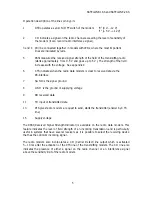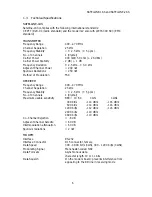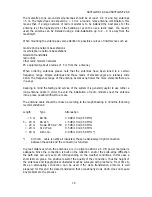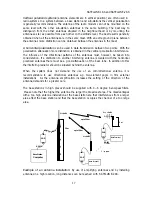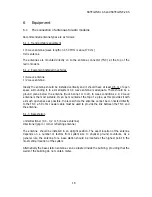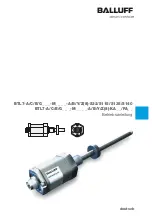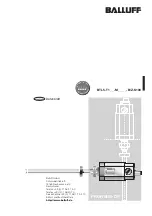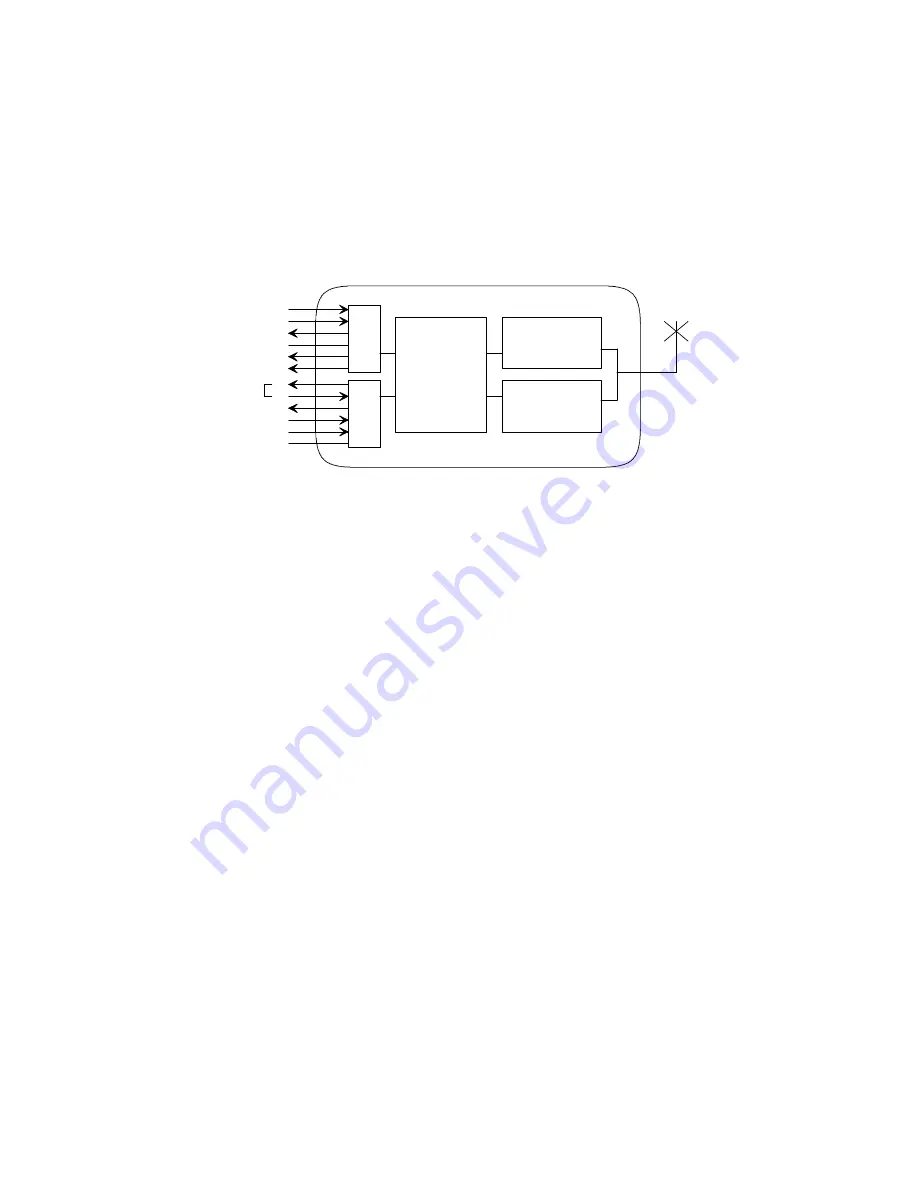
1
SATELLINE-1AS and SATELLINE-2AS Radio Data Modems
This user guide is meant for SATELLINE-1AS, SATELLINE-1ASm2, SATELLINE-2AS and
SATELLINE-2ASm2 radio modems. Since their electrical function is identical and only their
housing is different, the brand names SATELLINE-1AS and SATELLINE-2AS refer to every
model mentioned above.
1.1
Radio Data Modem
MODEM
RECEIVER
TRANSMITTER
RS-232
ANALOG
13
11
6
7
9
2
3
4
5
15
1
8
TD
RTS
CTS
SGND
RD
CD
LED
ON
RSSI
+VB
DTR
GND
Fig. 1. SATELLINE-1AS radio modem
The
SATELLINE-1AS
radio data modem is comprised of a 450 MHz transmitter, receiver
and a modem board, housed in a compact resistant aluminium casing. It has an RS-232
interface that allows easy connection to a variety of data networks.
The
SATELLINE-1ASl
radio data modem has a maximum data speed of 1200 bps. It is
especially suitable for longer distances because of its better sensitivity.
The
SATELLINE-2AS
differs from SATELLINE-1AS by the radio part. Both the transmitter
and the receiver parts are on the same board (transceiver) and their function is based on
the synthesized radio technique. The frequency stability is better and it is possible to change
the radio channel.
The data transmission formed by radio modems resembles a cable. Unlike in cables the
data transmission is half-duplex. The delays in transmission due to the half-duplex
transmission and possible interferences must be considered when planning a system.
Should Simplex operation be required, it can be achieved by installing a SATELLINE-1T
transmitting modem and a SATELLINE-1R receiving modem.
Typical applications of radio modems are :
w
Replacing a cable in situations where installation of such a cable is difficult, expensive
or even impossible.
w
Data transmissions between mobile or portable terminals
w
Wireless alarm transmission
w
Telemetry
w
Remote control
SATELLINE-1AS and SATELLINE-2AS
3





